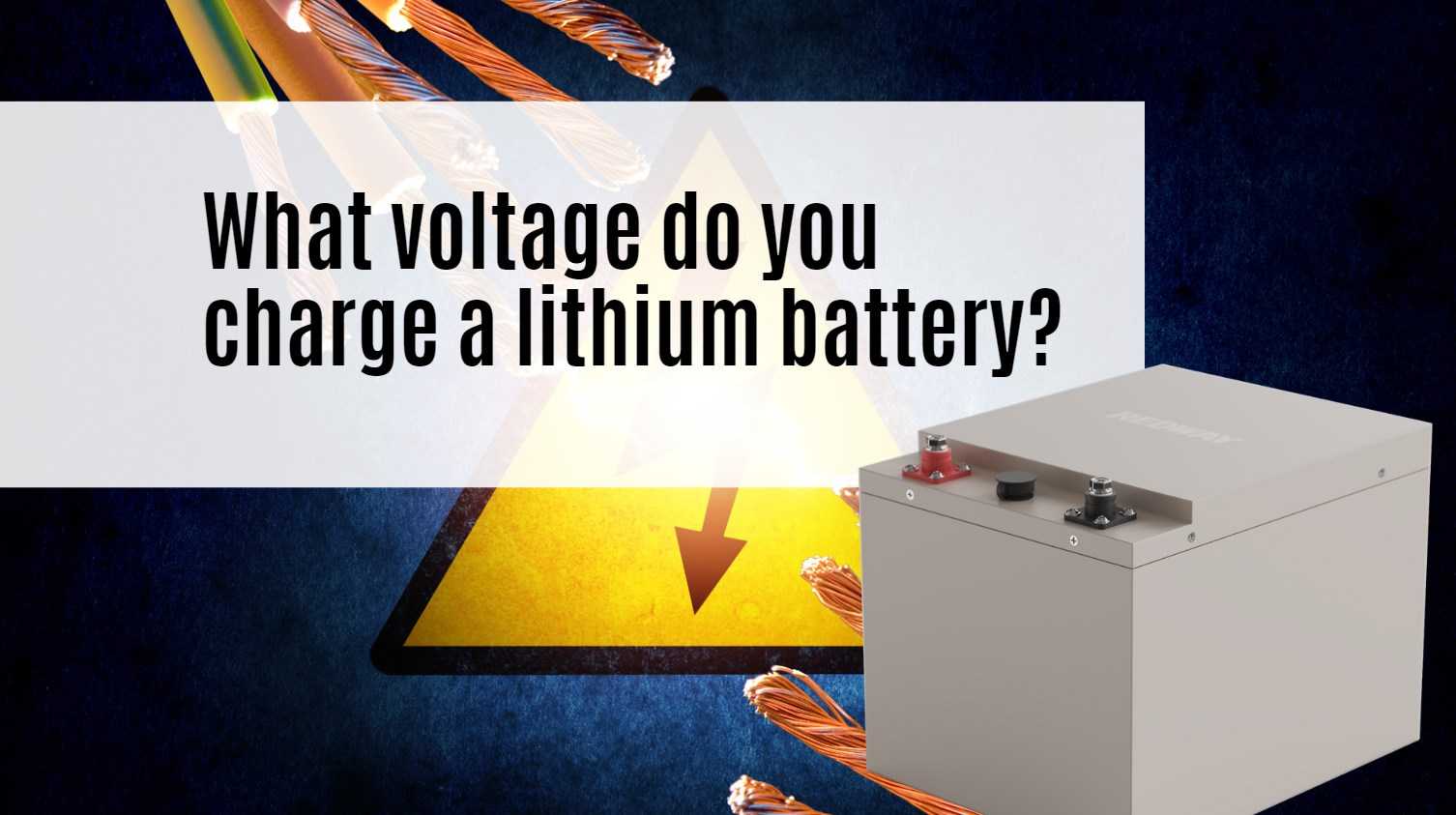Charging a lithium battery requires careful attention to voltage levels to ensure safe and efficient operation. Here’s a detailed overview based on the search results.
Charging Voltage for Lithium Batteries
- Standard Charging Voltage:
- For most lithium-ion batteries, the maximum charging voltage is typically around 4.2V per cell. This is the standard for many lithium-ion chemistries, including those with cobalt, nickel, and manganese.
- Voltage Range:
- The recommended charging voltage can vary slightly depending on the specific battery chemistry:
- Lithium Cobalt (LiCoO2): 4.2V
- Lithium Iron Phosphate (LiFePO4): Generally charges to about 3.65V per cell.
- Lithium Manganese (LiMn2O4): Also typically charges to 4.2V.
- The recommended charging voltage can vary slightly depending on the specific battery chemistry:
- Charging Stages:
- The charging process usually involves three stages:
- Pre-Charging: If the battery voltage is low (<3.0V), a trickle charge is applied to bring it up to a safe level.
- Constant Current Charging: The charger applies a constant current until the battery reaches approximately 4.2V.
- Constant Voltage Charging: Once the maximum voltage is reached, the charger maintains this voltage while the current gradually decreases until it drops below a specified threshold (often around 0.1C).
- The charging process usually involves three stages:
- Termination Criteria:
- Charging should terminate when:
- The voltage reaches 4.25V, which is often considered the upper limit for safety.
- The charging current drops to about 1/10th of the initial charging current, indicating that the battery is fully charged.
- Charging should terminate when:
Best Practices for Charging Lithium Batteries
- Always use chargers specifically designed for lithium batteries to prevent overcharging or damage.
- Monitor temperature during charging; if it exceeds 60°C, stop charging immediately.
- Ensure proper ventilation during charging to avoid gas buildup.
Conclusion
In summary, when charging lithium batteries, aim for a maximum voltage of around 4.2V per cell, with careful monitoring of current and temperature throughout the process. Following these guidelines will help ensure safety and prolong battery life.For specific applications or battery types, always refer to manufacturer specifications for optimal charging practices.




